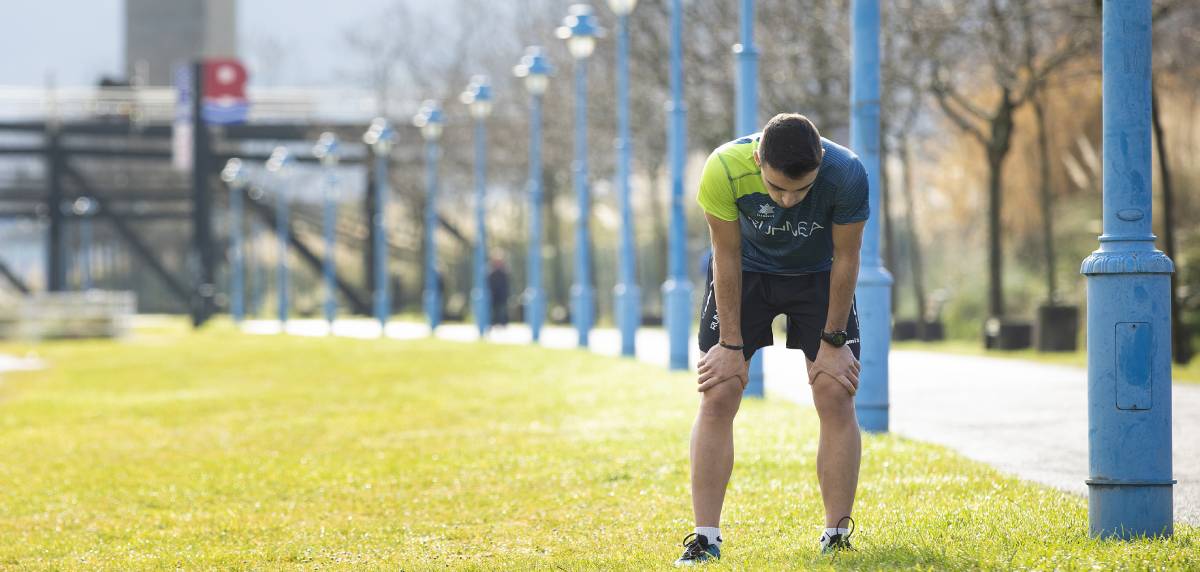Heart rate is one of the metrics used to define training intensities in different work programs. In this article, we will try to answer the following question: What are normal resting heart rates?
First of all, it is time to lay the groundwork on heart rate. We use this variable to:
- Establish the different work zones.
- Represent the intensity of the session.
- To know the degree of adaptation to training.
You may be interested in: How to correctly understand your heart rate to improve as a runner.
The importance of lowering your heart rate after your sessions.
The rapid drop in our heart rate after a training session indicates that we have a good level of adaptation and fitness.
Being able to measure our heart rate at a certain point during training can provide us with a lot of information about our current fitness level.

These variables allow us to see further. The ability to lower the pulse rate during the minute following the end of physical exercise is a predictor of mortality (Cole, et al., 1999). The relationship between a drop in heart rate and the risk of a cardiovascular problem is inversely proportional; the greater the drop in heart rate, the less likely we are to suffer one of these problems.
"What if my heart rate recovery is slow?"
Slow recoveries are associated with a lack of dominance of the parasympathetic system; which is related to a higher degree of stress and, as a consequence, the inability of our organism to resume an optimal state.
Although it seems a totally undesirable issue in terms of our performance, it is something "practically common" at times of the season when we accumulate large training loads and our body is not able to recover 100%. It may, a priori, seem somewhat shocking, but these phases are necessary, in their proper measure, to generate adaptations. However, it is not always desirable.

Your fitness based on your heart rate one minute after stopping exercise
There are standardized values that try to qualify the recovery of the athlete based on the reduction in heart rate experienced in the minute following the cessation of exercise, as a guideline and very general:
- A decrease of more than 70 bpm (beats per minute), related to elite athletes.
- Between 50-70 bpm, athletes in very good shape.
- Between 40-50 bpm, well-trained athletes.
- Between 30-40 bpm, sporadic athletes or athletes in the initial stages of training.
- Between 20-30 bpm, people with a low level of fitness or who are carrying a heavy workload.
- Less than 20 bpm, sedentary people.
Why is it important to monitor resting heart rate?
A daily measurement of basal heart rate when we wake up, from the bed itself, can be very useful to know if our body has been able to adapt to previous sessions or not.
In addition, although there is no exact parameter that indicates when to know if we have assimilated the training load of the previous days. If we are 8-10 beats above our basal heart rate (previously established in the absence of fatigue) we should maintain a regenerative character in the sessions of that day and / or following.
Read more news about: Running Training





























